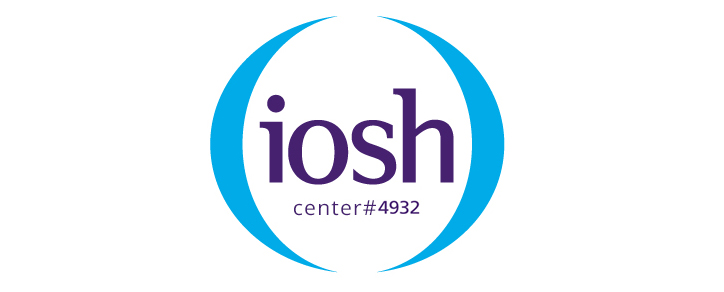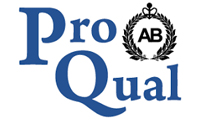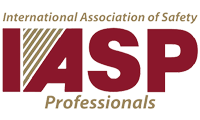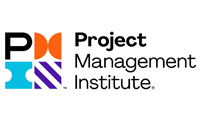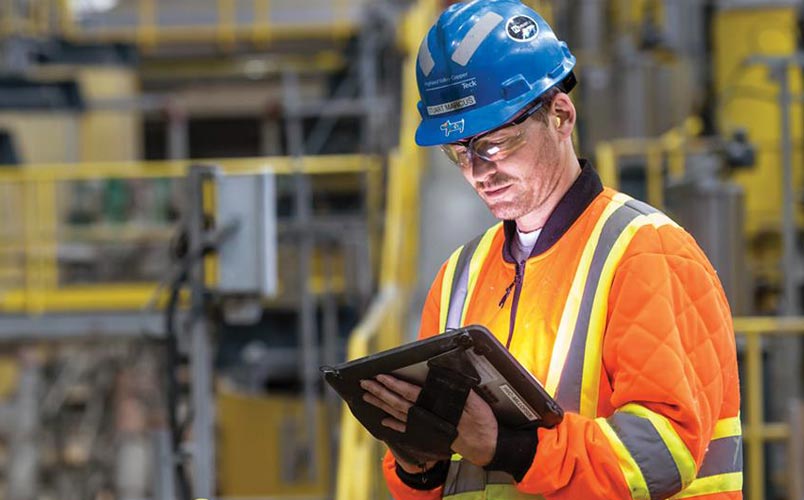Training in health and safety is crucial to any business’ success. A business that takes this training seriously will be better equipped to handle emergencies and reduce casualties.
Everyone who works for the organisation has to have the appropriate training in order for them to be certain that they are doing all possible to keep their staff safe. This applies to managers and supervisors in addition to workers.
An issue should be resolved as soon as possible and effectively. Whenever there is a problem with someone’s health, it should be handled right away by dialing 911 or, if necessary, bringing them to the hospital. It’s important to tell your boss right away if you get hurt on the job so that the situation can be taken care of properly and no one else gets hurt.
Contact your local health department right away if you’re interested in learning how health and safety training might help your company. They will provide you with information on the sorts of courses that are available nearby and the kinds of preparation tasks you must do before beginning these sessions. Depending on how often you take a certain course each year, they could even give you a discount!
Employees’ knowledge of the particular risks and hazards related to their occupations and working environments will grow as a result of the information and training provided to them. It will teach them what safety precautions they need to take and how the controls work. By giving workers good knowledge and training, the company will get more than just what is required by law. These advantages consist of:
A decrease in accident severity and frequency; a decrease in absence from work due to injury or illness; a decrease in compensation claims and, presumably, insurance rates;
a change in the way the organization thinks about health and safety; a boost to keeping employees.
The culture of health and safety places a strong emphasis on health and safety training. Under the Management of Health and Safety at Work Regulations and other laws, an employer is also required to provide this kind of training. Training is necessary before employment, during orientation, or whenever a person is exposed to new or elevated hazards because:
The introduction of new work tools or a change in how existing tools are used; the introduction of new technology; the introduction of a new work system or the revision of an existing work system; a rise in the number of vulnerable workers (like young people or people with disabilities) being hired; the organization’s insurance company requiring specific training (like fire and emergency training).
After an accident or a series of near-accidents, a new law, an enforcement notice, a risk assessment, or a safety audit, more training may be needed.
The intended audience must be taken into account while creating a training course. If the target audience is young people, the selected strategy must be able to keep their attention, and any illustrative examples must be relevant to their lives. The trainer must also be aware of and make use of other forces, like peer pressure. For instance, if everyone wears PPE, it will be accepted as best practice. Other significant characteristics are literacy and numeracy levels.
The method of presentation—whether it’s via the use of case studies, lectures, PowerPoint slides, DVDs, or small discussion groups—must be tailored to the subject matter to be covered and the backgrounds of the trainees. It is often helpful to have extra material in the form of copies of the slides and other background reading. The design, size, lighting, and temperature of the room where the training takes place are all very important.
The course evaluation forms provided at the end of the session, a subsequent refresher course, and any changes in health and safety performance, such as a decrease in specific accidents, should serve as indicators of the training’s success.
Training may come in many forms, such as induction training, job-specific training, supervisory and management training, and specialty training. Toolbox talks are informal.
meetings that take place at work. Just a small number of subjects should be covered during such sessions. They may develop into a valuable avenue for employee consultation.
At Ahlan Safety, we collaborate with our customers to make sure that employees are working in a secure, efficient environment. To learn how we can be your company’s safety partner, please contact us right now.
